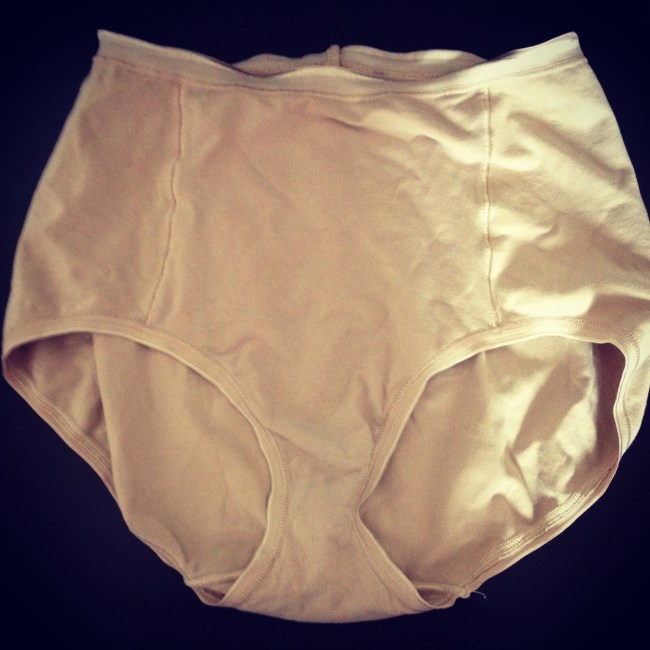A few days ago, I called the hospital and took myself off the waiting list for nipple reconstruction surgery.
It wasn’t a rash decision (many a cup of tea has been needed in the build up), but as far as decisions go, it is among the best I have ever made.
I must confess that while I would have loved to have said to colleagues and clients: ‘Sorry, I won’t be able to make the meeting as I am having my nipple put on that day’, and, while part of me liked the idea of being put back together again, a huge part of me was shouting: ‘Why?’
After surgery and finishing active treatment, it felt like the natural next step (why wouldn’t I go for a cherry on top’?!). Sitting in front of the surgeon talking about cutting and snipping and stitching back in October, it seemed like a quick and painless procedure and an easy way to forget the past.
But, ask me what I am thinking about six months on and I can tell you, it’s not a pink, fleshy (albeit realistic) blob on the end of my fat-filled right boob. It’s the fact that I am happier, healthier and fitter than ever and a nipple really won’t add anything – except a ‘permanent outy’ that no amount of warm weather would conceal.
Now, I realise that I was more curious than in need of an extra asset. And, curiosity just isn’t a big enough reason to brave a hospital gown, needles, a knife, an operating table, a series of nipple tattoos and the memory of a year in the warm, but treatment-focused arms of the amazing NHS.
I guess you might call me lucky. Strange as it sounds, I don’t want to hide from my scars. Each one carries with it a story that makes me who I am. Each one reminds me not to worry when I get caught up in the complications that come with everyday life. Each one keeps me grounded. Each one is a reminder of all I had to lose and all I have gained as a result of this challenging – and yet weirdly fulfilling – period of my life. My scars are just as much a part of me as my right foot that turns in and my dodgy hip. I am not looking to replace them, but embrace them. I have no ambition to be a topless model so why would I cover up what is always covered up.
I read my story in the lines that cancer has given me and I smile. I smile because they remind me not of pain and surgery, but of just how far I have come – and of just how far I want to go. It is with these scars that I will be lining up on the starting line of the Bath Half in two weeks (and the Pink Ribbonwalk in July and the Royal Parks Half in October). It is with these scars that I will be flying to the Caribbean (yes, leaving Europe for the first time) with my new size 6 tankini (sun-exposure conscious as ever). And, it is with these scars that I hope to make a difference on this wonderful planet of ours. As I said, all the way back in lesson 21: ‘scars remind you where you’ve been and how hard you worked to get there. They don’t have to dictate where you’re going, but they can give you the strength and determination to make sure the path you do choose is a beautiful, interesting and inspiring one.’
Last year, I came face-to-face with my own mortality at the age of 32. I had the chance, at a young age, to reflect on what my gravestone could say and I decided the message needed to change – and fast. I can guarantee it won’t ever say: ‘Here lies Jackie, cracking right nipple.’ What I hope it will say (and not for a very long time) is: ‘Here lies a woman who smiled, laughed, lived and loved – and dedicated her life to helping others do the same (admittedly may need editing as I am not in the market for a tomb)! Sounds morbid, but I have plenty of years to get it right.












